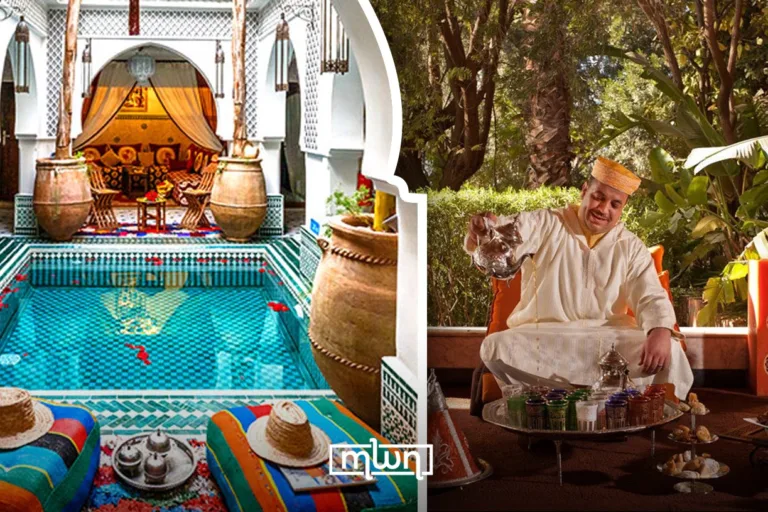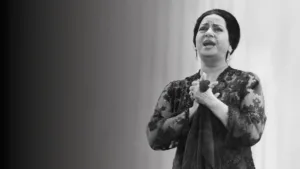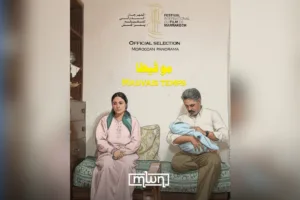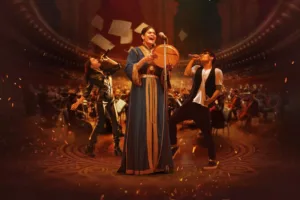Rabat – In Morocco, tradition is not just something you see, but something you wear too. Few things capture this quiet legacy more intimately than Belgha and Cherbil – two types of traditional footwear that have walked alongside Moroccan history for centuries.
While they share artisanal roots and cultural weight, their differences in material, design, and symbolism tell two different stories.
The name “Belgha” is thought to derive from the Arabic verb “balagha”, meaning to reach or to arrive. Symbolically, gifting someone a Belgha carried the wish that they may “reach” their goals and live a long life.
But beyond the metaphor, the Belgha was a functional staple, worn daily by men across Morocco in mosques and souks.
Traditionally handmade from natural goat or cow leather, the Belgha is known for its simple, unified, often yellow color and pointed tip, especially in the Fez-style Belgha.
Crafting a Belgha takes a full day and begins in the tannery (debbagh,) where leather is treated and dyed. The artisan then cuts, stitches, and assembles the shoe by hand, using thick leather for the sole and shaping it with special wooden molds.
While both men and women wore versions of it, the male Belgha remained more modest in tone and shape.
On the contrary, the Cherbil is a traditional women’s slipper known for its ornate beauty and social symbolism.
Scholars have traced the name Cherbil to Andalusian Spanish “Serilla”, also seen as “Servilla”, meaning a fine leather slipper or delicate shoe. This etymological link traces back to Al-Andalus in the 16th century, during which cultural exchanges introduced the style and term into Morocco.
The Cherbil was often paired with luxurious garments like caftan or djellaba, and signified both femininity and status.
In fact, in conservative Moroccan tradition, referring to a woman as “moulat Cherbil”, meaning “the one who wears the Cherbil”, was a respectful form of reference that avoided using her name directly.
Cherbils are made from fine leather or fabric and decorated with gold, silver, or silk threads.
Legend has it that the golden thread in the Cherbil was born from a promise of love. A poet, enamored with a woman, vowed to lay gold beneath her feet if she agreed to marry him. To keep his word, he crafted a pair of slippers embroidered with fine gold thread, allowing her to, quite literally, walk on gold.
Making one pair can take up to five days, with detailed stitching and floral embroidery. Some modern versions use velvet, brocade, or even denim. The process requires careful color and pattern coordination to create an elegant feminine look.
Still prized for weddings and formal occasions, the Fez-style Cherbil remains the most sought-after, celebrated for its fine embroidery and luxurious finish. Despite fashion trends, the Cherbil endures as a graceful blend of heritage and femininity.
Once reserved for royalty and the elite, Cherbil was a symbol of status, worn by noblewomen and brides in the palace. Over time, it became more accessible to the public, while Belgha, once an everyday men’s shoe, kept its place in tradition.
Today, both are worn proudly by Moroccans of all backgrounds, especially during weddings, religious holidays, and cultural celebrations, as timeless symbols of heritage and identity.















